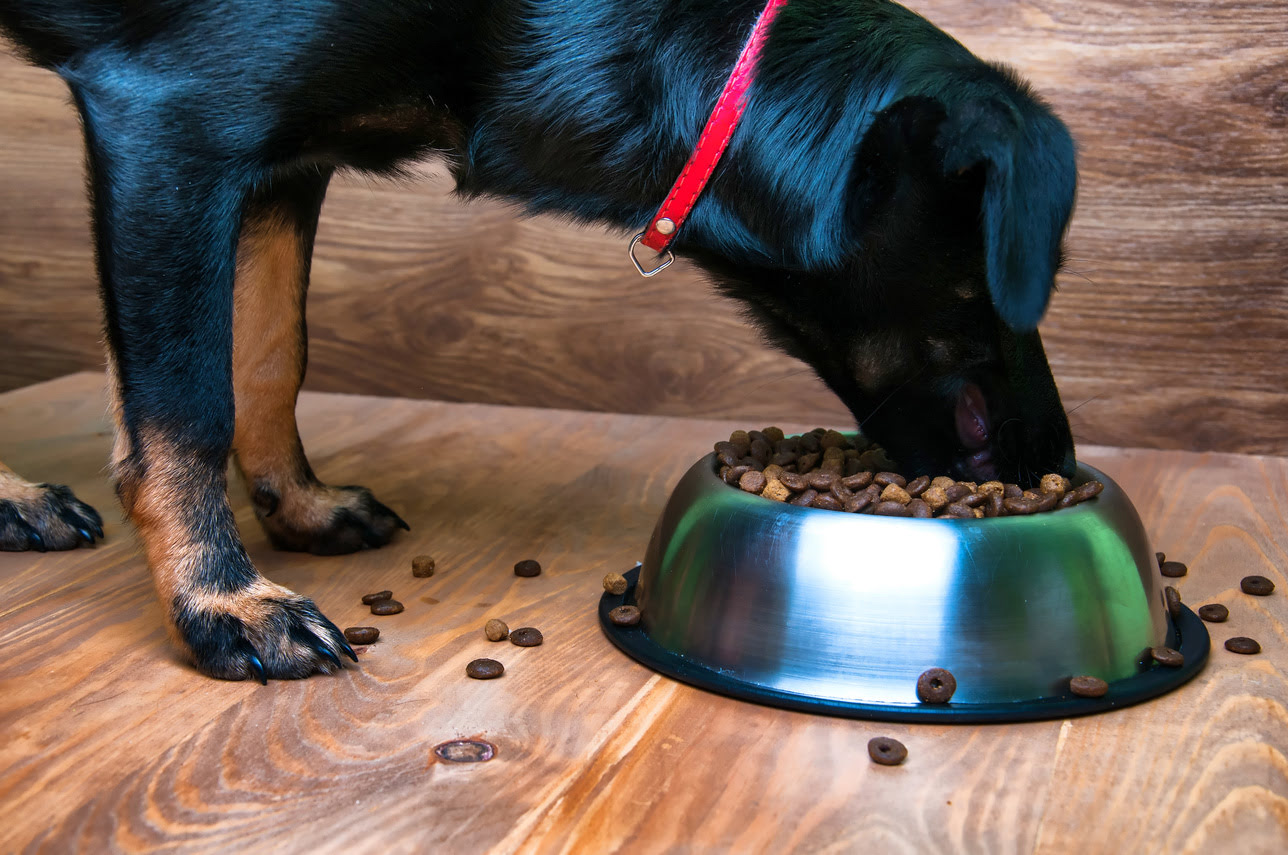Home>Health & Wellness>Common Health Issues>Understanding Old Dog Mobility Issues: Detecting Pain and Joint Problems


Common Health Issues
Understanding Old Dog Mobility Issues: Detecting Pain and Joint Problems
Modified: November 27, 2023
As our beloved canine companions age, they often face mobility challenges due to joint pain and other health issues. Read on to find out more.
(Many of the links in this article redirect to a specific reviewed product. Your purchase of these products through affiliate links helps to generate commission for Pawsomeoldies.com, at no extra cost. Learn more)
As our beloved canine companions age, they often face mobility challenges due to joint pain and other health issues. Understanding these problems and knowing how to detect them can significantly improve the quality of life for our senior dogs. This comprehensive guide delves into the causes, signs, and management strategies for mobility issues in older dogs.
Recognizing the Signs of Mobility Issues
Early detection is key in managing mobility problems in dogs. Look out for signs such as:
- Reluctance to move: Hesitation to jump, climb stairs, or engage in activities they once enjoyed.
- Limping or favoring a limb: This could indicate joint pain or arthritis.
- Difficulty standing up or lying down: Struggling to get up from a resting position.
- Visible joint swelling: This can be a sign of arthritis or other joint diseases.
- Changes in walking gait: A noticeable change in how your dog walks can be a sign of discomfort.
Causes of Mobility Issues in Older Dogs
Several factors contribute to mobility issues in senior dogs:
- Arthritis: A common ailment in older dogs, causing joint pain and stiffness.
- Hip Dysplasia: A genetic condition more common in larger breeds.
- Obesity: Excess weight puts additional strain on joints.
- Degenerative Myelopathy: A progressive disease affecting the spinal cord.
- Injuries and Accidents: Past injuries can lead to chronic pain or mobility issues.
Managing Mobility Issues
Diet and Nutrition
- Weight Management: Keeping your dog at a healthy weight reduces stress on joints.
- Supplements: Glucosamine and chondroitin supplements can support joint health.
Exercise and Physical Therapy
- Gentle Exercise: Regular, low-impact exercise like walking or swimming helps maintain joint mobility.
- Physical Therapy: Professional therapy can include massages and specific exercises to strengthen muscles.
Home Environment Adjustments
- Comfortable Bedding: Orthopedic beds can provide better support for aching joints.
- Accessibility: Ramps or steps to help your dog access furniture or vehicles.
- Non-slip Surfaces: Rugs or mats to prevent slipping on hard floors.
Veterinary Care
- Regular Check-ups: Early detection and treatment of issues can prevent worsening of symptoms.
- Pain Management: Medications may be prescribed to manage pain and inflammation.
- Alternative Therapies: Acupuncture or laser therapy can be effective in some cases.
Recognizing When to Seek Veterinary Help
If you notice any sudden changes in your dog’s mobility or behavior, it’s crucial to consult your veterinarian. They can provide a proper diagnosis and tailor a treatment plan specific to your dog’s needs.
The Emotional Aspect
Dealing with mobility issues in a beloved pet can be emotionally challenging for owners. It’s important to:
- Stay Positive: Your attitude can greatly affect your dog’s well-being.
- Seek Support: Don’t hesitate to reach out to support groups or professionals for advice and emotional support.
Read more: Understanding and Managing Old Dog Anxiety
Conclusion
While mobility issues in older dogs are common, they don’t have to diminish the quality of life for your furry friend. With proper care, management, and lots of love, you can help your senior dog navigate this stage of their life with comfort and dignity. Remember, each dog is unique, and what works for one may not work for another. Stay in tune with your dog’s needs and maintain regular communication with your veterinarian to ensure the best care for your aging companion.













